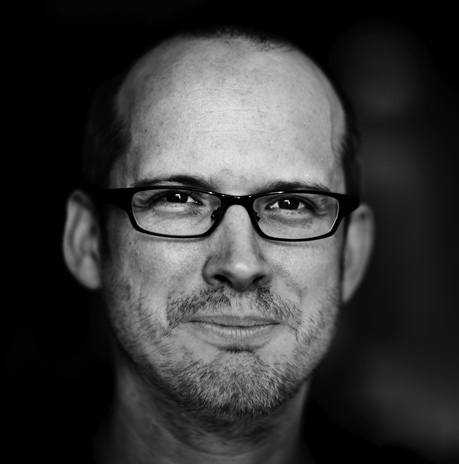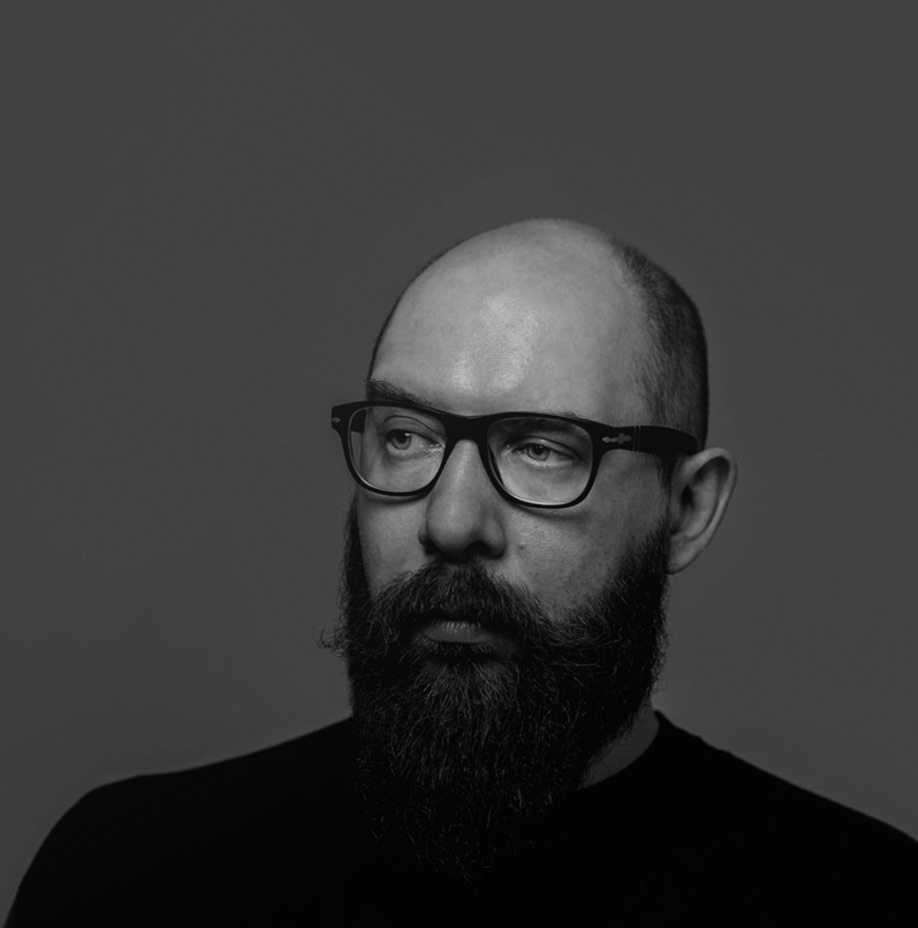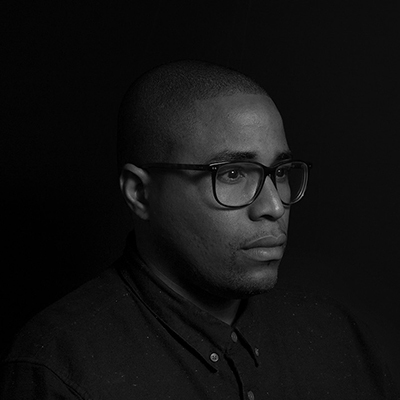Paul Boag
Paul Boag is a leader in digital strategy with over 20 years experience. Through consultancy, speaking, writing, training and mentoring he passionately promotes digital best practice.
Paul is a prolific writer having written Digital Adaptation, Website Owners Manual, Client Centric Web Design and numerous articles for publications such as net magazine, Smashing Magazine and Sitepoint. Paul also speaks extensively on various aspects of digital both at conferences across the world and on his award winning podcast.
Questions for Paul Boag:
-
What did you do before becoming a designer?
Since graduating university with a graphic design degree, I’ve always worked in the design field. Initially this was as a multimedia designer working on CD-ROM titles before later moving on to the web.
-
Where do you turn for inspiration?
I endeavoured to look beyond the web for inspiration. I looked to architecture, print design, the art world and product design for inspiration. Sources such as these ensure that web design does not remain an echo chamber. It encourages us to look at things differently.
-
Which are your favorite studios, designers or agencies?
I’m drawn towards more user centric agencies. Those that focus on creating a great user experience. Too many designers are more concerned with creating work that looks great in their portfolio or wins awards.
-
Is your city a good place for designers?
For a start I do not live in the city. In fact I live in a small market town in the middle of rural England. If there was a bright centre to the design universe, my town would be furthest from it. Despite that it is still an inspirational place. Beautiful countryside and ancient architecture would inspire any designer.
-
Which technologies are you excited about in 2015?
I believe 2015 will be the year of the wearable. From health devices to Apple’s new watch. We can expect new design challenges for devices with either no screen or much smaller ones.
-
Do you listen to music while you work? Describe your playlist.
Absolutely. My playlists consist of classical music or movie scores. Unfortunately I cannot listen to anything with lyrics while working.
-
What are you cultural influences? (Music, books, films, ideologies, etc.)
It is hard to identify only a handful of cultural influences. We are all influenced by so many things. That said the writings of Douglas Coupland would be right up there. His unique perspective on my generation has had a profound impact on how I see myself and the world around me.
-
Have you got an academic background or are you self taught?
Although I did a degree in graphic design I’m self-taught. I started working on the web so early that there were few other reference points to draw upon.
-
What do you do in your free time?
I watch and read a lot of science fiction, dabble in photography and in summer months make the most of the beautiful countryside found in Britain. Wherever possible you will find me travelling either here or abroad.
-
Where do you see the industry in 5 years?
I believe we are in the middle of a transition period for our industry. The bottom of the market is collapsing as tools like Squarespace make it easy for anybody to build their own website. Meanwhile at the top end companies are realising that digital is business critical and bring it in-house.
As a result, over the next five years I expect the number of agencies will reduce and web professionals will move in-house.
-
Are you working on any personal projects?
Always!
-
If you could give one piece of advice to newbie designers, what would it be?
Focus on your soft skills. As web designers we spend a lot of time learning HTML, CSS and design skills. Yet we do not put the same effort into improving our presentation, project management or interpersonal skills.
The truth is technologies, techniques and design trends come and go. But the ability to present an argument, work with colleagues and manage projects stand the test of time.




